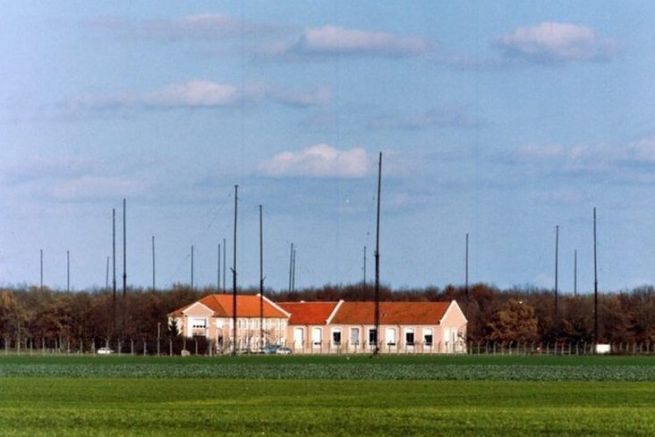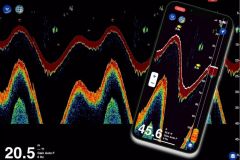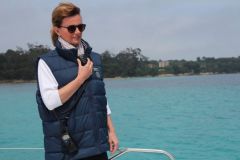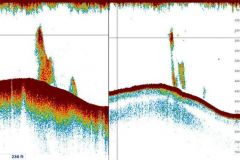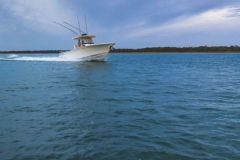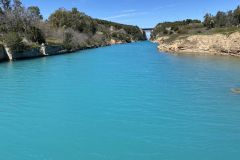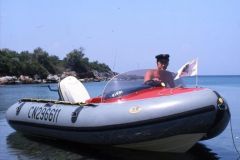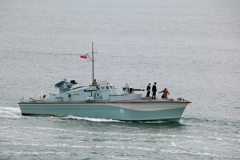" This is Saint Lys Radio, listening to 8,800 Kilohertz.. ." For many years, both sailors and SWL enthusiasts, often both at the same time, listened to this call to all, this "CQ de FFL" (General call issued by the official station code, FFL) in radio language. Saint Lys Radio was born in 1948 and ceased broadcasting in 1998. In particular, it offered, for the voice part, the possibility from a short-wave transmitter on board ships, various services, including the connection, via a telephone insert, with a telephone subscriber on land.
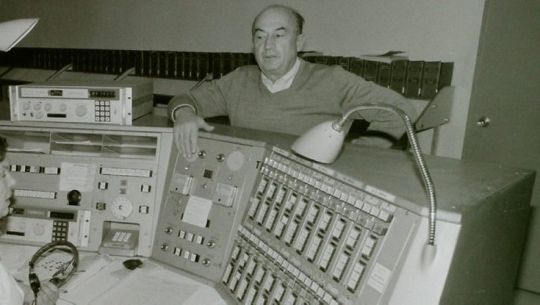
The Saint-Lys Radiomaritime Centre was set up in the commune of Saint-Lys, near Toulouse, after the destruction of all the radio communication facilities during the war.
A Public Service open to seafarers
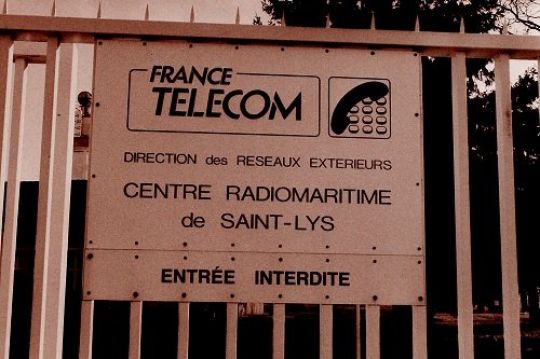
This public telecommunications service, created by the late PTTs after the Second World War, was responsible for broadcasting meteorological bulletins (in voice, rtty and morse code), crisis radio communications (liaison between the French Quai d'Orsay and rescue teams at disaster sites) and the services of the CCMM (Centre de Consultations Médicale Maritime) in Toulouse. The principle of linking up and exchanging with operators was quite similar to the one we know with our current VHF when we get in touch with CROSS. Calling on a known frequency then clearing to a working frequency, variable according to the conditions of propagation of the waves, the transmission power of the vessel and the technical capabilities of the link.
Like all stations of the same type, Saint-Lys Radio provided assistance to mariners for the safety of navigation, for emergencies on board (illnesses, various accidents) and sometimes also in cases of distress.
Navigation safety
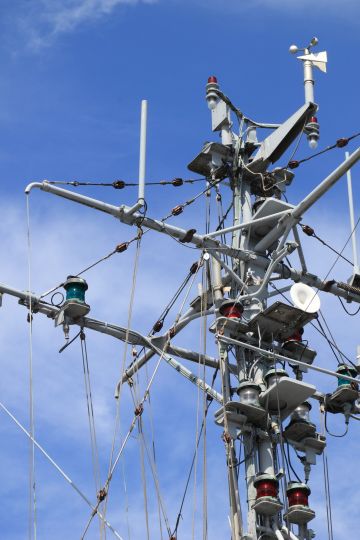
The Saint-Lys Radio station fulfilled four fundamental roles in the context of safe navigation:
- The reception, from the sea, of the observations made on board (OBS), sent every 3 hours to the National Meteorological Service
- Twice-daily broadcast of weather reports, one for the eastern Atlantic and the other for the western Mediterranean, in Morse code and telex.
- The broadcasting of AVURNAVs (Urgent Notices to Navigators) from SHOM, also in Morse code and telex.
- Finally, the broadcasting of navigation warnings, first twice a day, then once a day, and finally once on Sunday morning until the 45th day for the NAVAREA 2 zone, an area extending from the Ushant parallel to 6° South, from the coasts of Europe to 400 West on the other hand.
Shipboard Medical Emergencies

As a service available 24 hours a day, Saint-Lys Radio was also involved in the management of on-board emergencies, first as an intermediary between the ships and the SAMU of the Purpan hospital in Toulouse. Then by putting the radio operator of the requesting vessel in direct contact with a regulating doctor of the SAMU, in order to provide medical advice, health advice or to organise, if necessary, the setting up of means of evacuation for the injured. The topics of discussion, in plain language over the airwaves, could range from a mate who had swallowed his dentures to the procedure for putting a dislocated shoulder back in place, all in plain language and without any confidentiality, either for the injured person or for the medical responders.
Finally, when launched early enough, the Man Overboard Call (the MOB on our modern VHF) was sometimes life-saving, as the power of the station's transmitters provided wide coverage of a large number of vessels in the area.
Distress
Widely framed and defined in maritime law, distress is the condition of a ship that is under the threat of grave and imminent danger requiring immediate assistance. It is therefore natural that the permanent availability of the station's operators was used to handle these calls with the highest priority. Although the calls were - fortunately - rare (about one real distress call per year received by the station throughout its operation), each call for help received by the station received the best treatment, from the "Mayday Relay" to the eventual triggering of an emergency, Saint-Lys Radio never closed its transmitters.
Fifty years in business
No interruptions? Except this January 16, 1998, at 8:00 p.m. sharp, Paris time. The last message from Saint Lys Radio was broadcast. New technology, the Internet, satellites, GPS and other emergency beacons had taken over this remnant of World War II. The competition that was then beginning to emerge among telecommunications operators was pushing them to seek budget optimization at all costs. This outdated and backward-looking service was completed with a final bulletin:
" cq cq cq cq of FFL at all stations. After fifty years of service, the Saint-Lys station will definitively stop broadcasting with ships from all over the world. Technology has evolved, bringing comfort, confidentiality and security to the world of communications. Saint-Lys has served seafarers of all countries and the world of the sea. The operators would like to express their emotion to all on the occasion of this last message. However, the service continues with the other stations, and in particular with the Belgian station of Ostend-radio, the Swiss station of Bern-radio and the Monegasque station of Monaco-radio. Urgent notices to mariners will continue to be broadcast on the same frequencies. The operators of Saint-Lys radio are looking forward to seeing you on the networks of the future. "
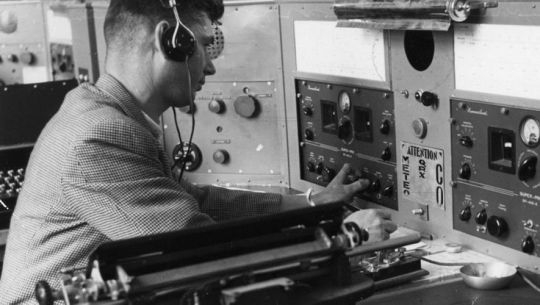
During its 50 years of operation, the Saint-Lys Radio Station was not a public service like the others. The station's operators were, for many navigators of the "old school" of human ears, attentive and available that no satellite network, including the one that would offer the best coverage of the globe, would ever offer.
